Company: Superhuman
Founded: 2014
Founders: Rahul Vohra, Conrad Irwin, Vivek Sodera
Description: Premium email client
This playbook focuses on marketing strategies and tactics used by Superhuman.
The marketing playbook series is for founders who want to:
1. learn from real-life examples
2. discover which growth strategies fit which businesses and industries
3. find the 20% of strategies that return 80% of results
Scarcity Marketing

1. Waitlist
Most companies have a growth problem. Superhuman can throttle growth by turning the faucet and letting more people in. The more they limit access, the more cachet surrounds the tool. (VIP Access)

2. Invite Only
60,000 people joined the waiting list when Superhuman launched on Product Hunt. They flipped the funnel and created demand by artificially limiting supply. Anyone can join the waitlist but invites offer a way to skip the line. We want what’s exclusive. (Indie Hackers Forum)
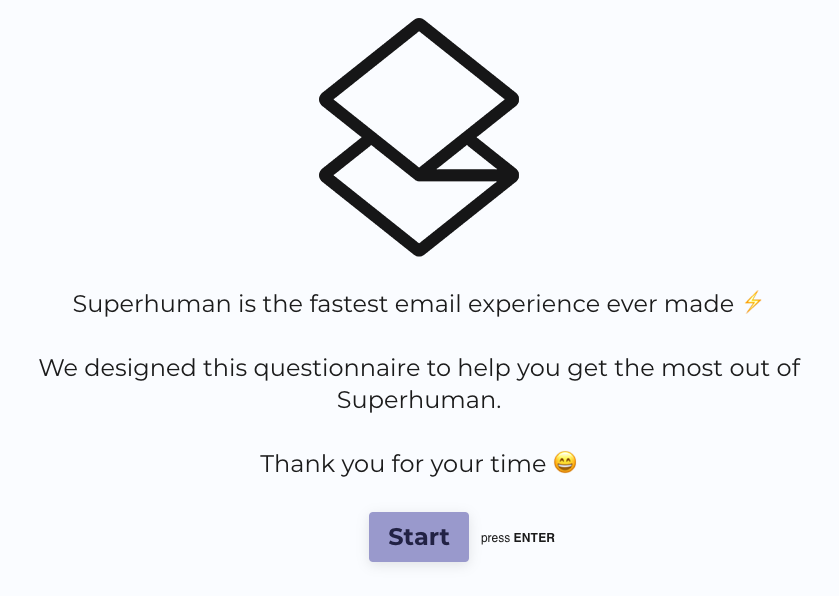
3. Questionnaire
Prospective users must answer a questionnaire that’s used to prioritize who gets access. Superhuman has correlated customer success to questionnaire answers.
Superhuman also gets to shape who represents their product based on questions like “Where do you work?” and “…what is your role there?” This can be an effective way to enhance social proof. (Access Questionnaire)
Micro Marketing
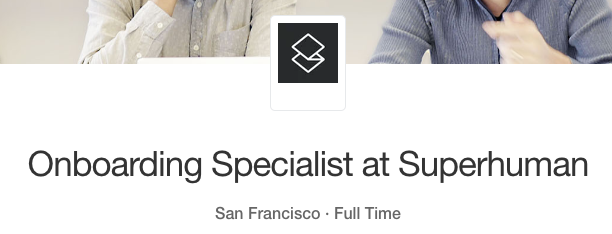
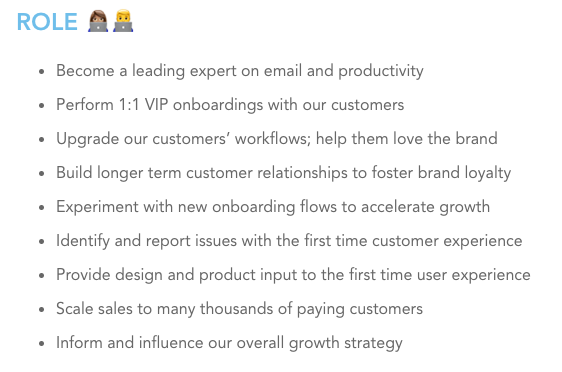
4. VIP Onboarding
Unlike most SaaS tools, Superhuman has onboarding specialists. These specialists help with real-time user research while increasing retention. (Tweet)
Ease Marketing

5. User Love ❤️
Superhuman focuses on email power users. The central benefit is saving time by offering the “fastest email experience ever made.”
Maximizing speed and ruthlessly focusing on a niche allows Superhuman to charge $30/month while other email clients are available for free. (Post)
Social Proof Marketing
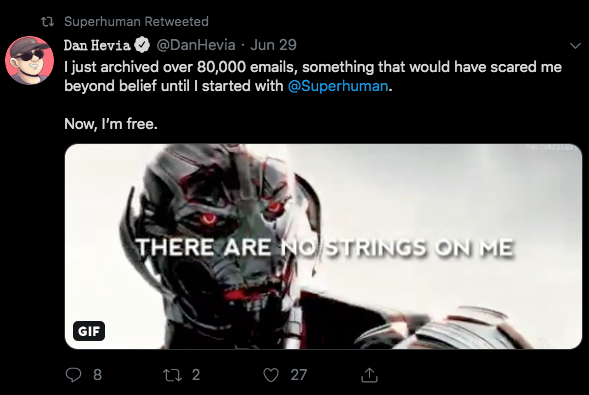
6. Twitter
Superhuman retweets praise. It sounds better coming from others. They stoke the fires of FOMO by amplifying the voices of happy users. (Twitter)
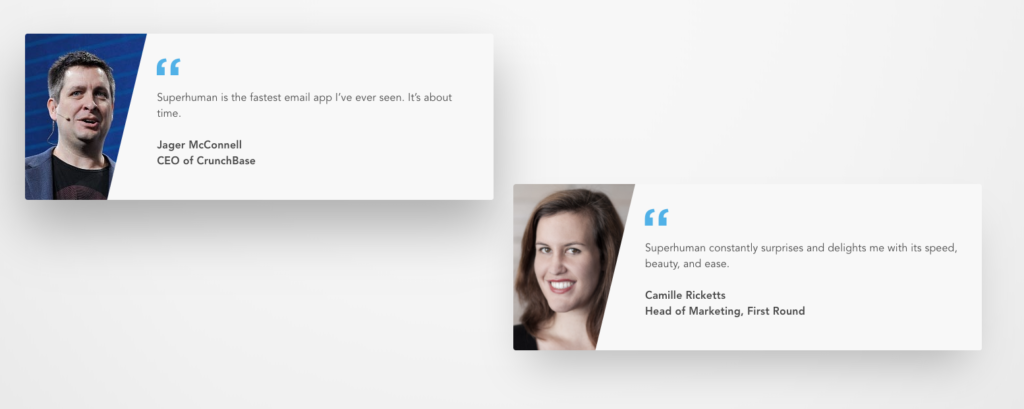
7. Testimonials
Superhuman uses testimonials on their landing page like most SaaS business. Testimonials are sprinkled throughout the landing page in pairs. (Page)
Remarkable Marketing
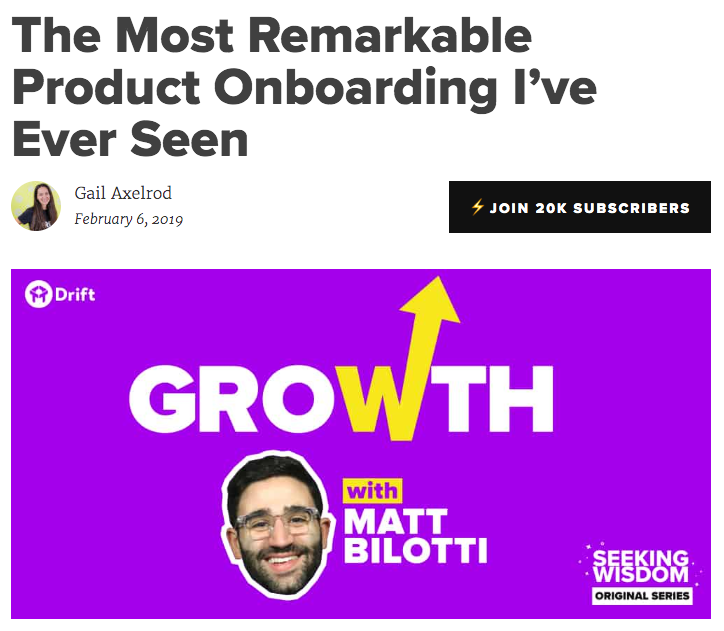
8. Onboarding Process
Superhuman’s onboarding process is a remarkable experience for users. This customer success tactic is also effective marketing. Matt Bilotti describes it as the best onboarding experience he’s ever seen. Others claim that this model lead to new types of SaaS businesses called luxury software. (Podcast | Tweet)
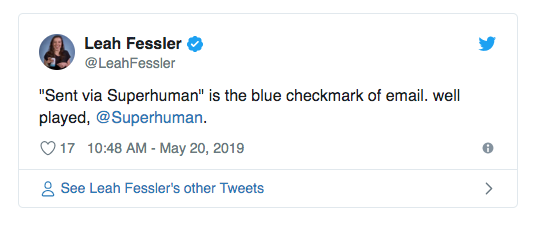
9. Status Signaling
Sent via Superhuman is a status signal and virality trigger. The Superhuman team maximizes exposure with virality tactics while artificially limiting supply. Raising demand while limiting supply boosts the scarcity ratio.
Even those who lampoon Superhuman for these tactics add to the company’s exposure. (Tweet)
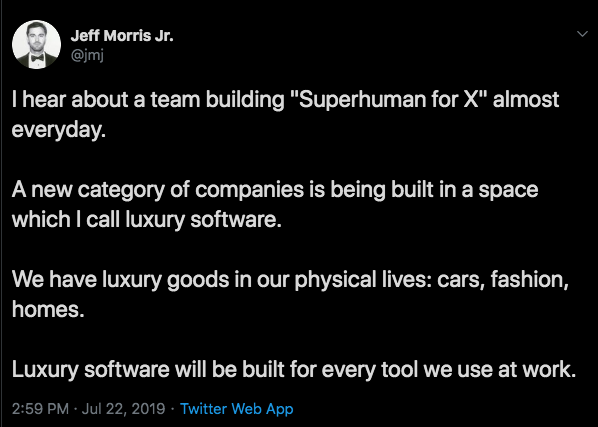
10. Luxury Software
Lots of articles have been written about the company charging $30/month for email. This is a remarkable phenomenon. It’s let others to wonder where else can luxury software models exist. (Article)
Content Marketing

11. Twitter
Superhuman tweets positive press and product updates. They have more than 20k followers. (Twitter)
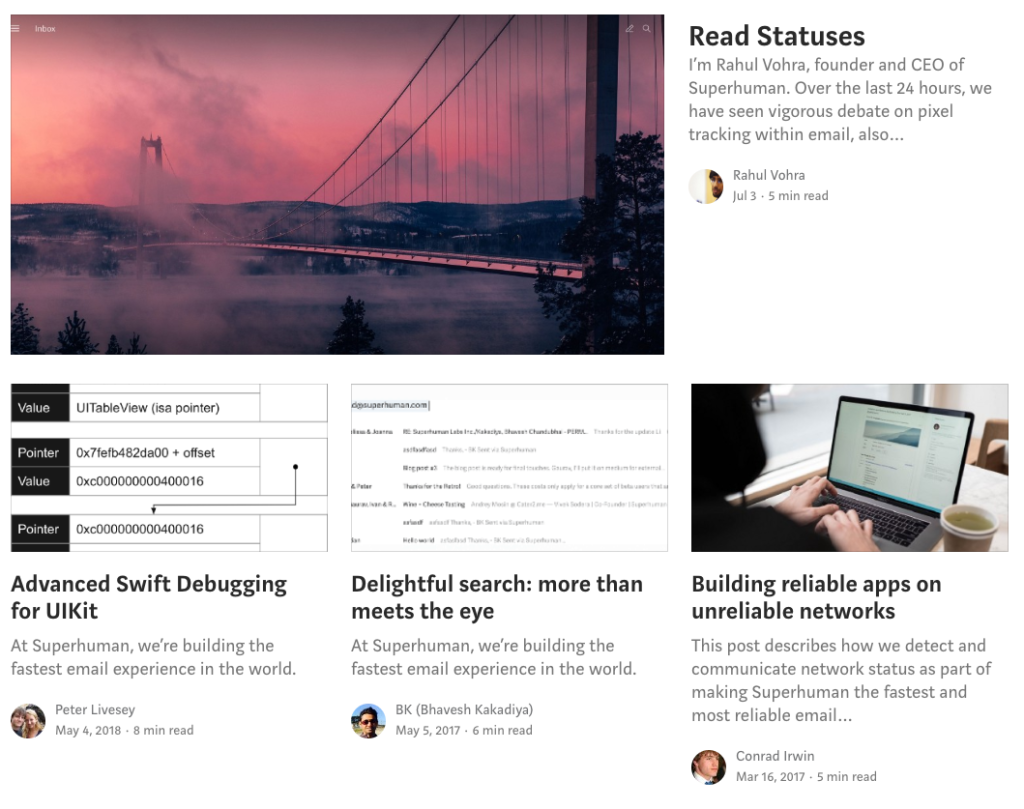
12. Superhuman Blog
The Superhuman blog is hosted on medium. Blogging is not critical to Superhuman’s marketing strategy unlike most SaaS companies. The team doesn’t shy away from technical topics and uses the blog to address criticism. (Blog)
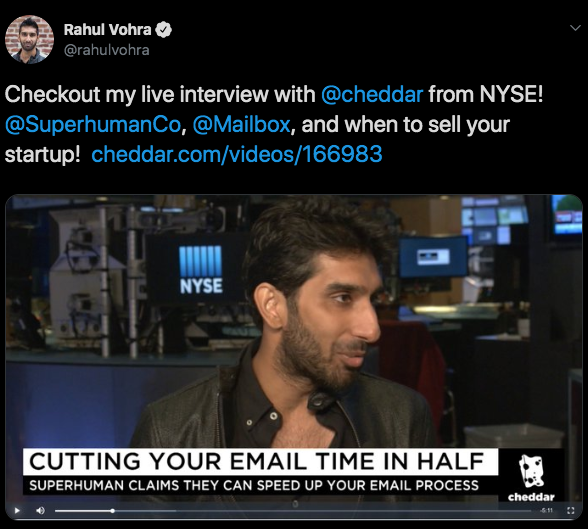
13. Interviews
The Superhuman CEO, Rahul Vohra, has been interviewed on 20VC, Art of Product, Build, Acquired and This Week in Startups. (Post)
Viral Feature Marketing
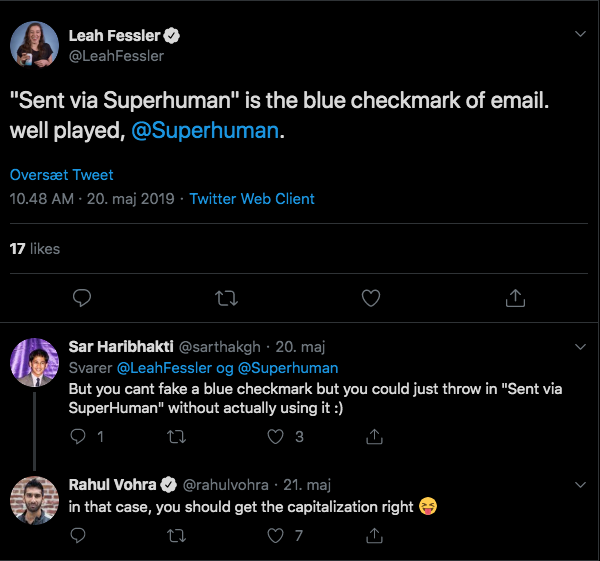
14. Sent via Superhuman
Superhuman’s email signature is a status signal and virality tactic. It’s another example of how the company aims for virality while enforcing scarcity. (Post)

15. Invites as Currency
Superhuman’s invite system acts as an unpaid affiliate program. The ability to skip the waiting list makes invites valuable. Luke Burgis leveraged invites as social currency after being inundated with invite requests following his blog post. (Post)
Niche Marketing
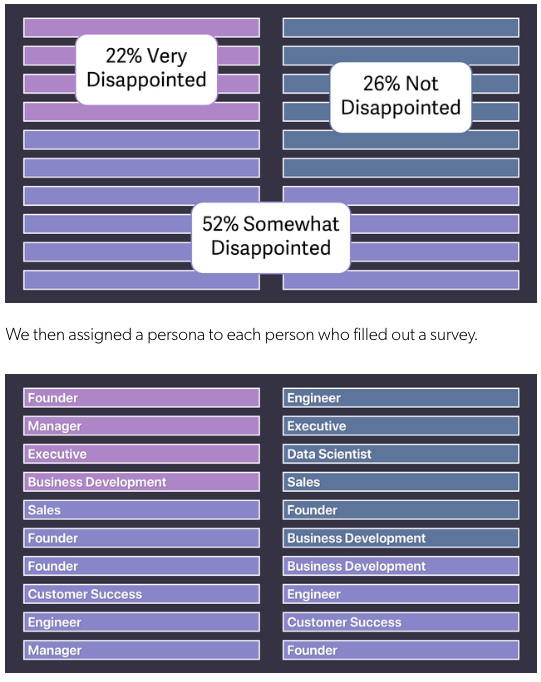
16. Not for Everyone
Superhuman isn’t for everyone. Rahul Vohra wrote about his experience reverse-engineering product-market fit. The process involved narrowing the target audience based on who would be ‘very disappointed’ if Superhuman didn’t exist. The team doubled down on customer groups that got the most value out of the email client.
Rahul Vohra quotes Paul Grapham — “…you can either build something a large number of people want a small amount, or something a small number of people want a large amount. Choose the latter. Not all ideas of that type are good startup ideas, but nearly all good startup ideas are of that type.” (Post)
PR Marketing
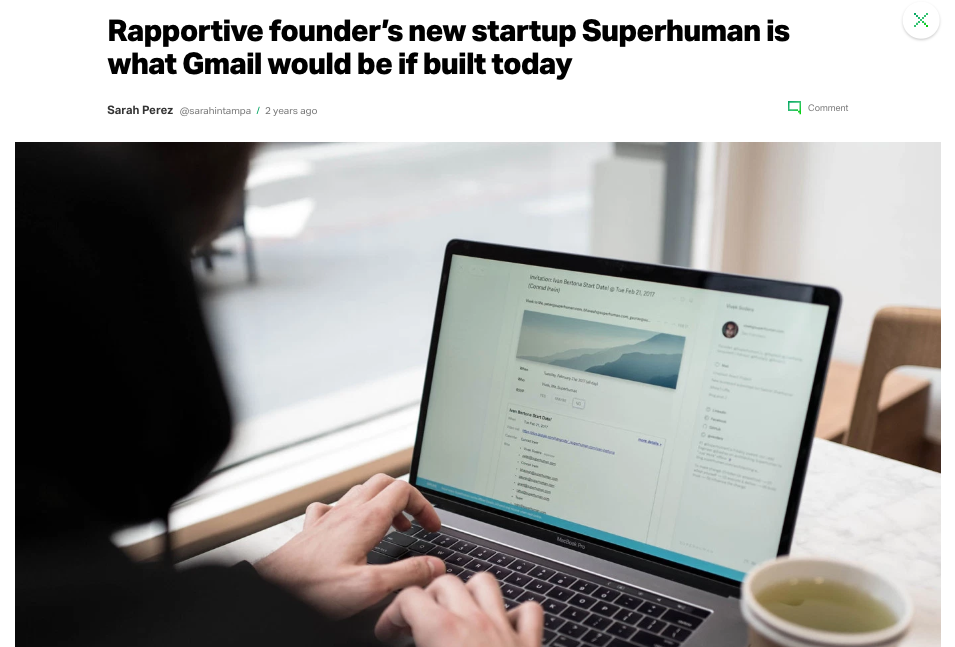
17. TechCrunch
Press is central to Superhuman’s barbell strategy of maximizing scarcity while getting the word out. (Article)

18. The New York Times
Superhuman co-founders retweeted this write-up in The New York Times. (Article)
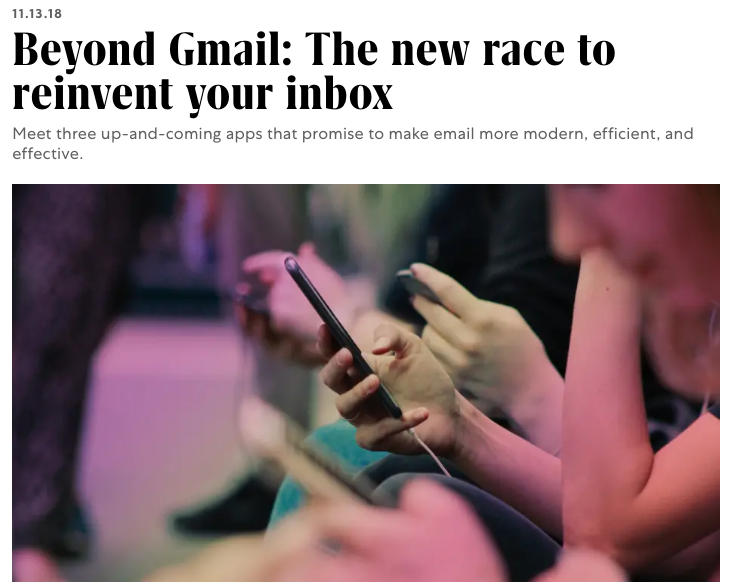
19. Fast Company
Press coverage isn’t as targeted as Superhuman’s other efforts but Fast Company write-ups boost the scarcity ratio. (Article)
Thanks for reading!
Which company you would like to see next?
Let me know — @DruRly.
Check out the playbook series for more growth strategies.